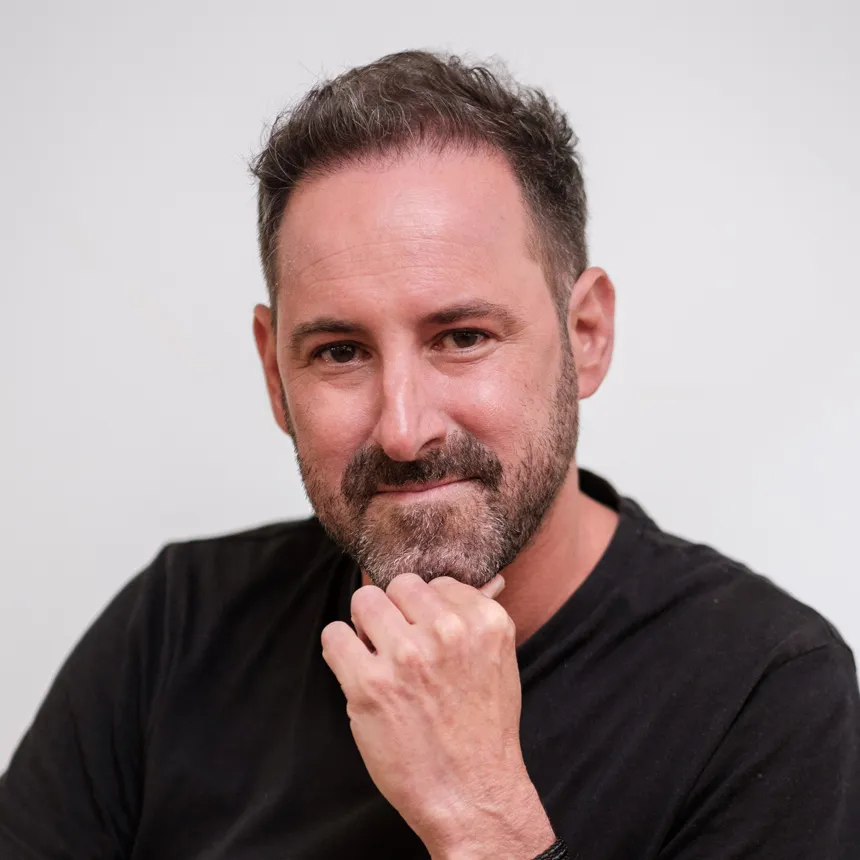A medical scientist, John noticed his hair was ‘looking different’ in his early 20s. At first, it did not cross his mind that it was because he was losing his hair, and his hairline was receding. It was a strange and unexpected revelation because he was still studying for a PhD at university. Around a year later, he embarked on anti-hair loss medication. Once the hair loss stabilised and he had not lost any additional hair, after 2 or 3 years, he knew the next step was a hair transplant to get his hairstyle back.
John came to see Dr Mark Tam and was keen to lower his hairline to restore his natural look and original hairline.





Lowering hairlines is complex and should not be done too quickly or in great leaps. Dr Tam favours a stepwise approach because it allows for ultra-high-density placement (using his hand-cut, custom-made surgical blades) and hairline lowering in stages, which can be further augmented and lowered with additional surgery, if desired, to achieve the best results.
There is no benefit in bringing the hairline down too much in a single surgery because the result can look sparse and underfilled; a measured approach, lowering in stages, and maximising graft placement achieves a good result at each stage and allows you to decide if you want to stop or continue to progress further.
When planning a stepwise hair transplant programme, Dr Tam uses his Treatment Area Mapping and Measurements (TAM+M) techniques to calculate the segmented areas precisely for the staged treatments.

The first stage of John’s treatment covered an area of 17.4cm2 implanted with 2,246 grafts (3,176 hairs) – 1,316 single hair follicles and 1,860 double hairs. The first surgery achieved John’s goal of restoring his hairline; he was thrilled with the outcome and wanted more.
Dr Tam uses low trauma and regenerative graft harvesting techniques for follicular unit extraction (FUE), including partial FUE and smaller extraction punches for donor area management. By paying just as much attention to the area(s) where he harvests grafts, he causes less damage and scarring to the scalp, ensuring future donor viability, alongside low visible impact at the back and sides of the head to allow the freedom to choose short hairstyles.
John’s donor area was still in good, harvestable condition after completion of his first surgery, and his hair loss continued to be stable. He was keen to proceed with a second-stage treatment to lower his hairline further.
The second surgery involved an additional treatment area of 27.26cm2 and placement of 2,091 grafts, amounting to another 3,643 hairs, including 986 single hair follicles, critical to restoring a natural-looking hairline.

The transformation in John’s hairline, looking at the photographs a year after his second-stage treatment and comparing them to his before photographs, is considerable. The hairline has been lowered and looks natural and dense.
While Dr Tam cannot achieve a one hundred per cent match to the same hair density as his original, native hair before hair loss, using the IDEAL technique and ultra-high-density placement methods can get it very close, achieving an exceptional result. Both John and Dr Tam think his new hair looks awesome, and he radiates confidence.



































































Dr Mark Tam explains the benefits of an assessment.


In order to save patients time and unnecessary costs, Dr Tam requires a pre-consultation screening to assess your suitability for surgery based on supplied photographs.
This form of assessment will only serve to give you an idea of whether you are likely to be suitable for a Hair Transplant, as well as providing you with a rough price estimate for the area you wish to have treated.
This assessment is complimentary but does not replace the need for a full consultation.
Once you have submitted your details along with the 3 required photos Dr Mark Tam will assess your suitability and you will receive a full report via email.
Recommended image types for uploading include JPG/JPEG and PNG.
Please do not press the back button or refresh the page after pressing the submit button.
* - Required field




























